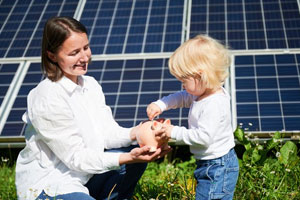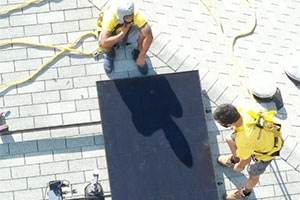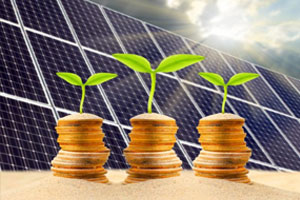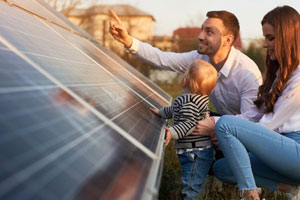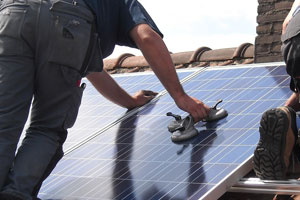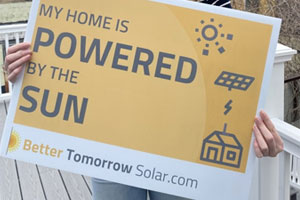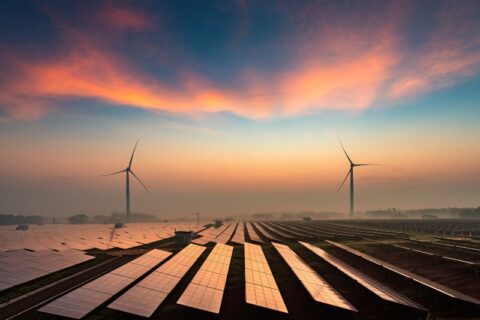How Do Solar Panels Produce Energy?
What Is a Solar Panel Made of?
Solar panels are made up of photovoltaic (PV) cells that convert sunlight into electricity. These groups of PV cells are connected electrically and put into a frame known as a solar panel. Solar panels can then be grouped into larger arrays in order to produce additional solar energy and provide enough electricity for a whole home or business. PV cells are made of materials called semiconductors like silicon. When light hits the PV cell, a portion of it is absorbed into the semiconductor material, causing a flow of electrons, or a current. The metal frame of the solar panel draws in that current in order to use it to power your home.
How Solar Power Produces Electricity for a Home
A solar power installation for your home can provide enough electricity for all of your home appliances. Your solar panels will need to be installed at a precise angle in order to take full advantage of the sun’s energy. Your solar panels generate energy year-round when they are inclined at an angle as close to your area’s latitude as possible. The size of your solar panel installation will depend upon meteorological data in your area, the size of your home, and how much power you need to generate. If enough solar power isn’t generated by the sun in order to power your home, you can rely on your electrical utility or a backup generator to supply the difference.
Completing Your Solar Energy Setup
In addition to solar panel installation and a backup energy source, you will also need to use solar batteries. Your solar batteries will last longer and be more effective if you also install an additional component called a charge controller. A charge controller stops the battery from charging further once it has reached its full capacity. If the solar battery is drained to a certain level, the charge controller will not allow any more current to be drained until the solar battery is recharged. You will also need a solar inverter in order to convert the solar power from your solar panels into electricity that can be used by the electrical appliances in your home. The inverter will switch your solar energy from DC to AC and protect against islanding. Finally, you will need mounting hardware, wiring, junction boxes, grounding equipment, overcurrent protection, and DC and AC disconnects. All of these elements combined are what make up your full solar power installation for your home or business.
Contact Us to Learn More
To learn more about how solar panels work or the benefits of solar installation, contact us at Better Tomorrow Solar. We provide affordable solar installation for homes and businesses in Georgia, and surrounding areas. Get a free quote for solar panel installation today by calling us or contacting us online.
